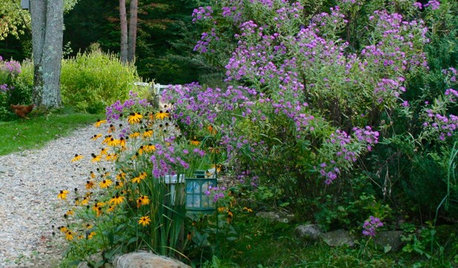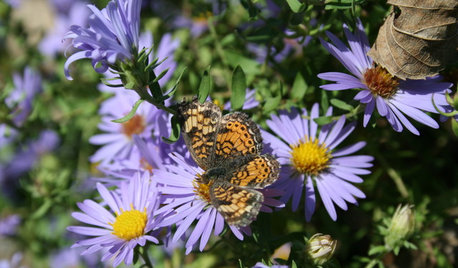Bayer Rhododendron Insect & Disease Control
suel41452
16 years ago
Featured Answer
Sort by:Oldest
Comments (20)
rhodyman
16 years agodee_can1
16 years agoRelated Professionals
Summit Landscape Architects & Landscape Designers · Washington Landscape Architects & Landscape Designers · McKinney Landscape Contractors · Tempe Landscape Contractors · Waterbury Landscape Contractors · Brooklyn Park Landscape Contractors · Fort Mill Landscape Contractors · Hayden Landscape Contractors · Hendersonville Landscape Contractors · Milford Mill Landscape Contractors · Roseville Landscape Contractors · Sammamish Landscape Contractors · South Lake Tahoe Landscape Contractors · Forest Hill Landscape Contractors · Shafter Landscape Contractorssuel41452
16 years agosuel41452
16 years agorhodyman
16 years agodee_can1
16 years agosuel41452
16 years agosuel41452
16 years agorhodyman
16 years agosuel41452
16 years agoego45
16 years agorhodyman
16 years agosuel41452
16 years agoego45
16 years agorhodyman
16 years agojjjhhh
7 years agoSteve Henning
7 years agoMike McGarvey
7 years agoSteve Henning
7 years ago
Related Stories

GARDENING GUIDESTree Care: Common Tree Diseases and What to Do About Them
Learn to recognize trees that may be affected by diseases or pests so you can quickly take action
Full Story
GARDENING FOR BUTTERFLIESGardening for the Bees, and Why It’s a Good Thing
When you discover how hard bees work for our food supply, you may never garden without them in mind again
Full Story
GARDENING GUIDESMake Sure You Read This Before Buying New Plants
Follow these 10 plant-selection tips to avoid buyer’s remorse
Full Story
GARDENING GUIDESLessons in the Rewards of Selfless Gardening
Let go of gardening for your own vision and watch the garden’s own true vision come forth
Full Story
GARDENING GUIDESGet on a Composting Kick (Hello, Free Fertilizer!)
Quit shelling out for pricey substitutes that aren’t even as good. Here’s how to give your soil the best while lightening your trash load
Full Story
GARDENING GUIDESAttract Hummingbirds and Bees With These Beautiful Summer Flowers
Roll out a welcome mat for pollinators to keep your landscape in balance and thriving
Full Story
GARDENING GUIDES10 Top Native Plants for the U.S. Southeast
For a low-maintenance and wildlife-friendly landscape, use Southern natives that withstand heat and humidity
Full Story
GARDENING GUIDESTop 10 Native Plants for the Northeast
For a low-maintenance, wildlife-friendly landscape, use native plants adapted to the climate and range of soils in the Northeast
Full Story

GARDENING GUIDESNew Ways to Think About All That Mulch in the Garden
Before you go making a mountain out of a mulch hill, learn the facts about what your plants and soil really want
Full Story





rhodyman